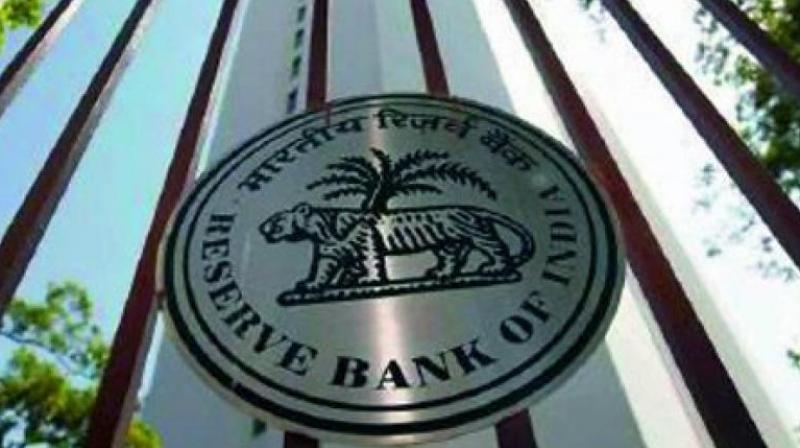Will new mechanism on banks' bad debts work?

It took the government a year to get its act together to set up a mechanism to resolve issues over stressed assets of banks, financial institutions and insurance firms. One hopes the move for a Bill on a Resolution Corporation and its implementation isn’t delayed and will be done in a time-bound manner. The Debt Recovery Tribunal was set up to fast track this process some years ago, but it only ended up with a huge pile of cases and didn’t help much to alleviate the situation it was to resolve. It needs a lot of political will and determination to ensure that the mechanism works swiftly and efficiently. The problem is huge as the banks’ stressed assets are of around Rs 10 lakh crores: it’s intriguing how despite the RBI’s oversight this problem was allowed to reach such gigantic levels. The RBI is meant to conduct regular inspection of banks, and surely its officers must have noticed things going downhill in banks and should have red-flagged them.
A huge pileup of stressed assets couldn’t have happened overnight: it was obviously building up over years. One has to wait and see how the 12 cases identified by the RBI will be dealt with by the banks. If the first two or three cases are successfully settled, there is some hope. The Indian Bankruptcy Code is a good measure as it will instil some fear in the minds of borrowers who wouldn’t want to see their assets liquidated. It gives banks the power to coerce defaulters to pay up. It will also reduce the burden on bank depositors, whose hard-earned savings are used to bail out these defaulters. When banks take haircuts, meaning foregoing a part of loans, it’s at the cost of law-abiding, conscientious depositors.
This isn’t the first time the RBI is tackling this problem of bad debts. Earlier it had the Joint Lenders’ Forum and Strategic Debt Restructuring (SDR) scheme to identify incipient stress. But it didn’t help much. There was, and still is, some talk about a “bad bank”, that would take over the non-performing assets of bank loans, so banks could carry on with regular business. But it remained at the talking stage. The “bad bank” approach was adopted by the United States and Britain, and they were quite successful. China took the drastic step of taking over the assets of delinquent borrowers under its administration. The Chinese model wouldn’t work in India as the government would be saddled with having to manage these entities. It neither has the funds nor the expertise to do this. The government is also in the process of privatising certain public sector units in which it should not be in, as in the case of Air India.

